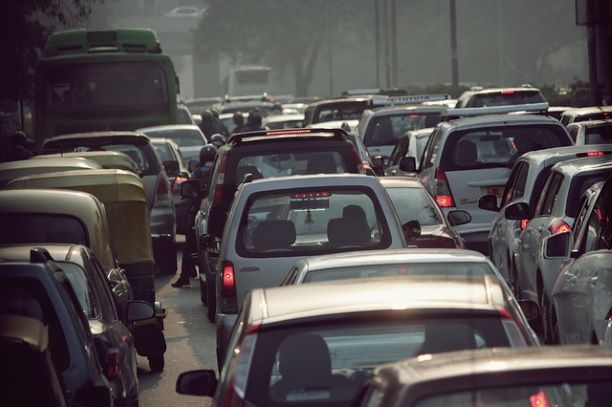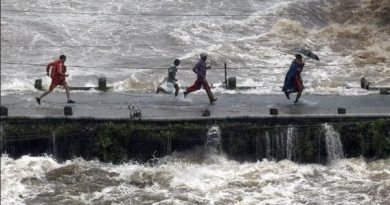2021 Wishlist-More Attention For Travel In India’s Cities
Our cities, from the largest to the newer ones, have all evolved in a benign state of neglect. That makes them some o the worst in the world, on many indicators, from housing, to public transport, to safety, air pollution and more. Here's wishing 2021 starts a change in that direction.
 How much to avoid this?
How much to avoid this?
India’s cities, for long the recipients of the inevitable flood of migrants from rural India , as an overmanned agriculture sector changes slowly, need some attention of their own. On ranking after ranking globally, our cities start at the bottom on key parameters, placing us firmly in the ‘must do more’ category. The sorry part is, much can be achieved, even with the limited resources we have.
Today, we consider just at the 2019 Driving Cities Index from Mister Auto, which ranks Mumbai last in its list of the best and worst cities for drivers. India’s too cities whose data was considered, Mumbai and Kolkata, filled in the 98th and 100th slots, below neighbour Karachi, which was at 96th slot.
Dragging Mumbai and Kolkata down was its traffic congestion, cost of parking, speed of movement, average car age, fatality rate per 1000 and even annual road tax affordability score. This, after ignoring a poor score for per capita car ownership, which should have helped these other scores actually.
All of these, it is safe to say, are issues that impact other major Indian cities too, to various degrees. The only signs that we might see an improvement is the small push to improve public transport, where Mumbai and Kolkata actually do better than most Indian cities. Vehicular pollution, that is said to contribute to upto 25 percent of air pollution across Indian cities again, is a major factor for fixing, linked to both poor road design, vehicle age, fuel quality and lack of public transport.
Cost of parking is also being treated more a revenue centre by municipal authorities today, rather than the failure of planning that it is.
High fatality rates area function of multiple factors, not least of which is a licensing process that remains easy to game, unleashing poorly trained drivers on to Indian roads.
Consider how even in a quarter when the economy is degrowing still, our fuel consumption has umped back to ‘normal’ levels. This is nothing but a failure of inadequate public transport. Even that being limited currently due to lockdown restrictions.
So what can India do for its cities? City planners need to start by considering that even these abysmal rankings come in cities with some of the lowest per capita ownership of vehicles in the world. So fixing these issues with solutions that work elsewhere will simply not work. Indian cities must do multiple things, like changing land usage law to enable denser planned population clusters (Hong Kong example) so that people possibly travel less to work. And build cycle tracks and pedestrian pathways, so people can actually use these options. Finally, public transportation has to be improved on a war footing, especially bus networks, which remain the best bet to tackle multiple problems in one go. In public transportation, we also have an opportunity to strike a blow for air pollution, by pushing for faster electrification early.




